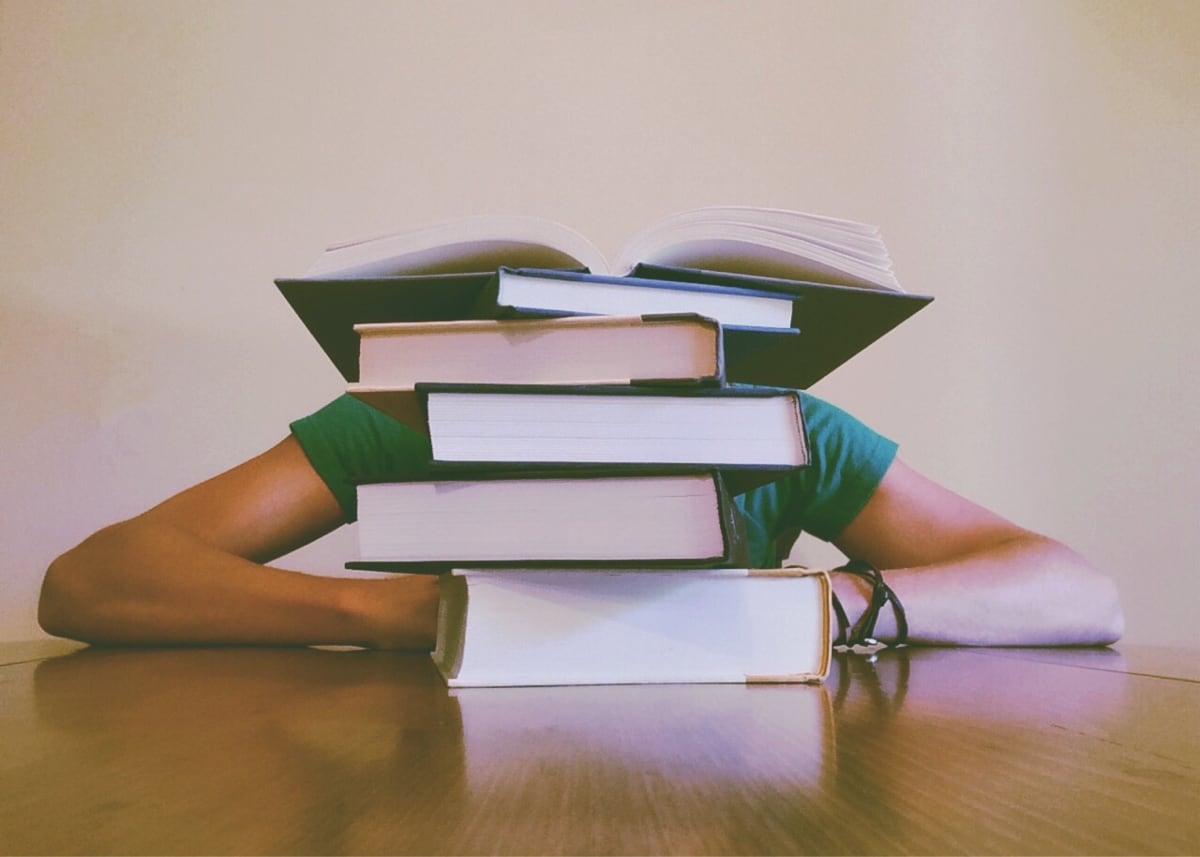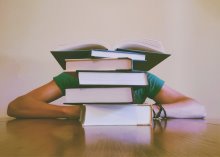Head of English at Alleyn's, Alex Smith, shares what we are doing to diversify the English curriculum so that every child in our community will see themselves, and the rich and varied world around them.
Can you remember what you studied for your GCSE English Literature exam? Macbeth? Lord of the Flies? Of Mice and Men? To Kill a Mockingbird? For a long time in my near 20-year teaching career it felt as though English curricula in UK schools were stuck in a rut, with the same texts being wheeled out time and time again and unchanging exam board syllabi propping up a reading list that was overwhelmingly homogenous.
That’s not to say that there isn’t a place for Shakespeare, Golding et al, but, as a recent report by End Sexism In Schools pointed out, nationally 77% of novels studied at Key Stage 3 (Years 7 to 9) are authored by men, with 82% of KS3 novels featuring male protagonists: an alarming imbalance. The picture isn’t any more encouraging at GCSE or A level. In the OCR A level syllabus 25 out of the list of 26 core texts are by white writers, and only eight out of the 40 suggested set texts for the Comparative and Contextual Study paper (which students use for wider reading) are by authors of colour.
That’s why, for the last five years, the Alleyn’s English Department have been committed to a thorough - and ongoing - overhaul and genuine diversification of our English curriculum in the hope that every child in our community will come to see themselves, and the rich and varied world around them, represented in the texts they study and that, by doing so, they will be equipped with the empathy and confidence to challenge and dismantle sexism, racism, homophobia – indeed, discrimination of any kind – when they encounter it.
There’s a lot to consider when choosing new texts. While our pupils can handle sophisticated vocabulary and writing styles, we still need to make sure the subject matter is age-appropriate and it’s hard to find texts that strike the right balance of challenge and accessibility.
There are often few resources available to support the teaching of less traditional texts, which means we need to apply 100s of man hours to the creation of engaging lesson plans and resources and, of course, there’s always the risk that after all that work the text won’t quite ‘land’ with the pupils in the way you had hoped. Inevitably, we won’t always get it right.
We are proud that our curriculum is much more representative of female voices than the average: at KS3 pupils study a novel written by a female author each year (this year in Year 7 Coram Boy by Jamila Gavin or Bone Talk by Candy Gourlay, in Year 8 The Woman In Black by Susan Hill and in Year 9 Kindred by Octavia Butler, Purple Hibiscus by Chimamanda Ngozi Adichie or Djinn Patrol on the Purple Line by Deepa Anappara) and more than 50% of all the whole texts they study are written by women. This helps in some way to counteract the lack of equality in the set texts for GCSE.
In order to provide as much variety as possible we use poetry and prose extracts to present diverse voices. For example, our Year 9 will also read and analyse works by Emmeline Pankhurst, Maya Angelou, Imtiaz Dharker, Edna St Vincent Millay, Greta Thunberg, Oprah Winfrey, Audrey Niffenegger and others. These are not substitutes for substantial works by these writers, but rather opportunities to show the diversity of, in this case, female voices and experiences.
In an effort to tackle the lack of diversity in the A level syllabus, we have agreed that at least one of the coursework texts (which we can choose ourselves, within certain limits) is by a writer of colour. Recent popular choices have included Small Island by Andrea Levy, The Lonely Londoners by Sam Selvon, and White Teeth and Swing Time by Zadie Smith, and our pupils have written intelligently about how these texts reflect the experiences of immigrant and Black and Asian communities in Britain and America.
One of our Year 12 classes enjoyed studying Kae Tempest’s electrifying spoken-word album Let Them Eat Chaos, the first text by a non-binary author that we have included in our A level curriculum. Elsewhere, LGBTQ+ authors are seen in our Year 9 Anthology (Panti Bliss and Radclyffe Hall), and we study Queer Theory and queer readings of A level texts such as Dracula in Years 12 and 13.
Whilst representation is of the utmost importance, discussions of racial and gender equality, and the challenging of white-centric, patriarchal, and cisgender ideologies can also happen while studying canonical texts by white, cis-male authors. Our study of The Tempest in Year 7, for example, explores ideas about the effects and inherent problems of colonialism, while our reading of 17th Century revenge tragedy The Duchess of Malfi in Year 12 sees pupils unpacking the patriarchal system than imprisons the Duchess both literally and figuratively, and John Webster’s own role in perpetuating that system.
We are also committed to representing alternative versions of masculinity to those harmful tropes so often seen perpetuated in popular culture and by the media. The toxicity of Macbeth’s masculinity – and, crucially, its consequences – is central to our study of that text at GCSE (yes, it’s still on the syllabus!), while Ian McEwan’s The Daydreamer, studied in Year 7, questions stereotypically masculine behaviours and presents alternatives.
It is vital that we listen to and keep learning from our pupils about how they wish to be represented within the curriculum. This is why we have asked our pupil bodies, including our Minorities’ Student Union, for their reflections on their experiences of studying English at Alleyn’s and we will continue to consult and respond to feedback from pupils and parents as our work continues.
All of this is – has to be – just the beginning, however. We need to keep working hard to ensure that we are teaching the right texts in the right places. That we are representing our pupils and expanding their horizons. Literature has a unique power to inspire and engage, and we have a golden opportunity to capture our pupils’ hearts and imaginations in a way that will shape the rest of their lives.
There is still much more work to be done; in many ways an effective curriculum is always a changing one and that’s what makes our job so exciting!
You can find out more about what we are doing to diversify the fiction collection in our School Library and the English curriculum in our latest podcast, Alleyn’s ROCCK On; Diversity in Literature:
And if you have any suggestions of texts you think would make interesting additions to our English curriculum, please let us know!
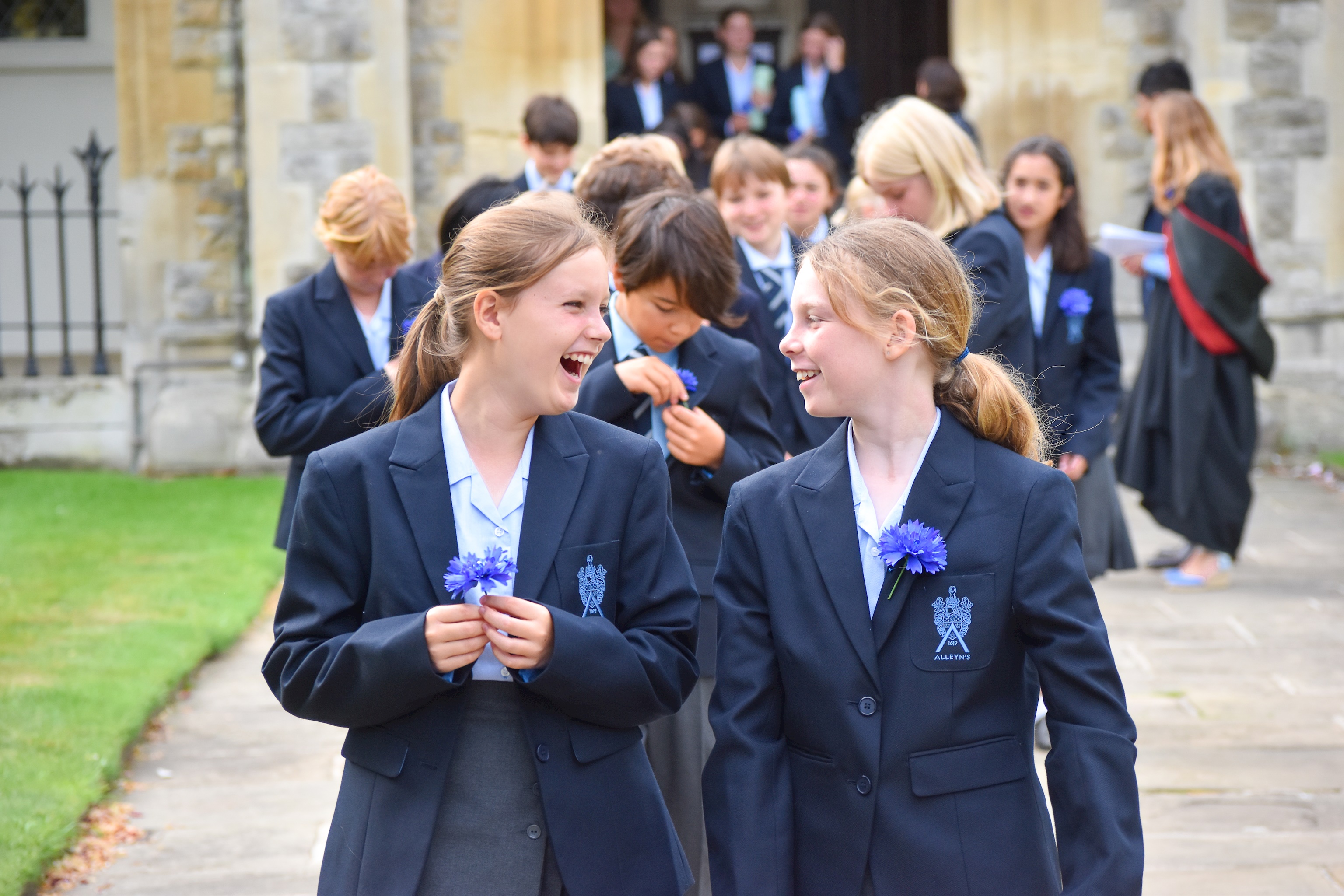


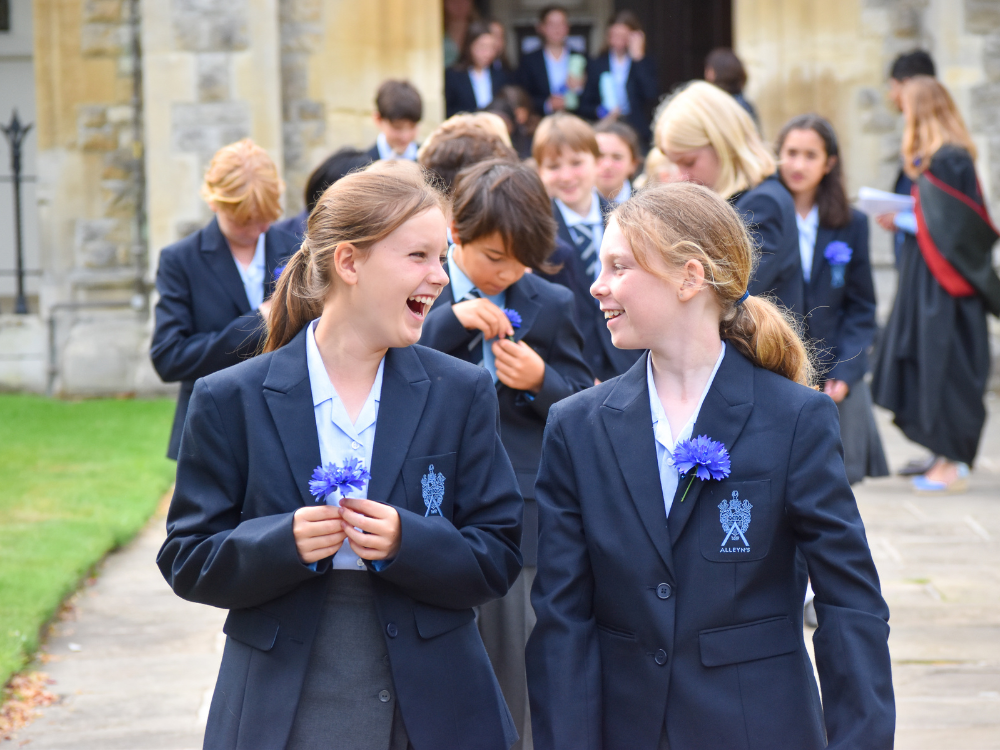
.jpg)
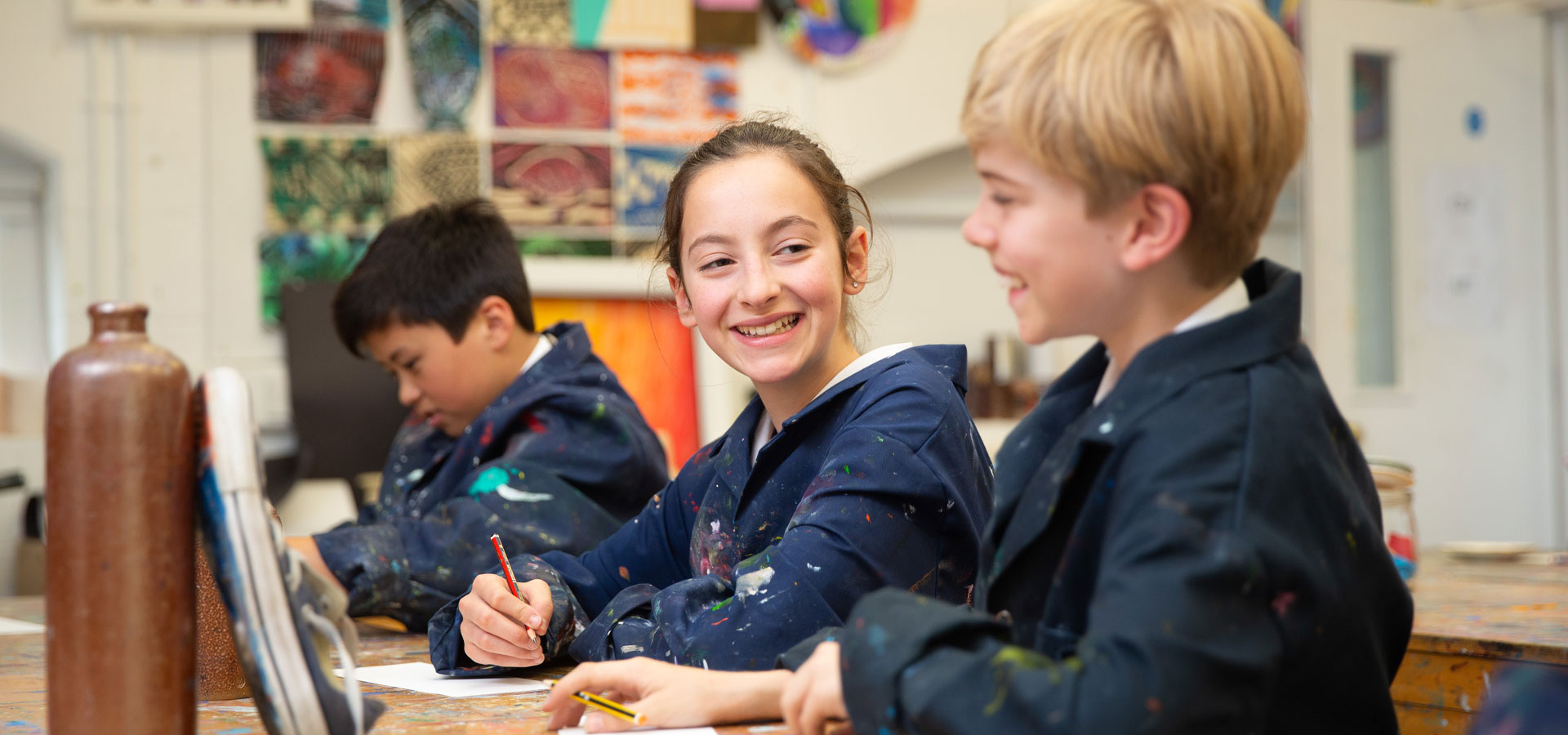
.jpg)
